Overview
Sirjana College of Fine Arts (SCoFA) is a community-based fine arts college in Nepal affiliated with Tribhuvan University (TU). Established in 2001, it offers +2 Fine Arts and Bachelor of Fine Arts (BFA) programs in Painting, Sculpture, Graphic Communications, Classical Music, Dance, and Traditional Nepali arts.
Introduction
SCoFA was founded by a group of artists and art supporters with a shared goal: accessible and serious art education in Nepal under an approved university framework. The college began with the Proficiency Certificate Level (PCL) under TU from 2001–2003, then expanded to a three-year Bachelor’s track in 2003–04.
When TU phased out PCL nationwide in 2010–11, SCoFA opened the +2 stream in Fine Arts. From the 2012–13 academic session, the BFA moved to a four-year curriculum aligned with TU’s revised structure, and the college introduced majors in Graphic Communications, Music, Dance, and Traditional Nepali Painting and Sculpture.
SCoFA functions as a non-profit, community-led institution. Academic delivery follows TU’s syllabus and assessment rules. The college maintains a strong studio culture, close faculty guidance, and frequent exposure to public exhibitions through its on-campus display space and links with an established contemporary art gallery.
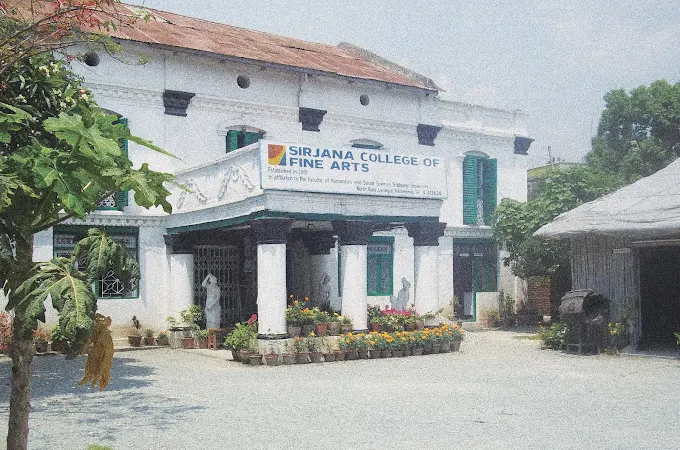
Quick Highlights
-
Established: 2001
-
Affiliation: Tribhuvan University (TU), NEB
-
Nature: Community-based, non-profit
-
Levels: +2 Fine Arts; four-year BFA
-
BFA Majors: Painting (Modern/Traditional Nepali), Sculpture (Modern/Traditional Nepali), Graphic Communications, Classical Music, Dance
-
Distinctive Focus: Traditional Nepali Painting and Traditional Nepali Sculpture alongside modern tracks
-
Learning Mode: Studio practice, critiques, workshops, exhibitions, and theory
-
Facilities: Specialized art library, dedicated studios, display hall, access to a contemporary art gallery
-
Student Recognition: Consistent university toppers; national academic medals and awards
-
Scholarships/Awards: College and donor-supported awards by department, plus annual “Outstanding Student of the Year”
Academic Programs Offered
Ten Plus Two (+2) in Fine Arts
The +2 stream aligns with national guidelines and prepares learners for higher studies in art and related fields. Streams and subjects typically include Painting, Applied Arts, Sculpture, History of Arts, Music, and Dance.
Students explore drawing, color, composition, visual literacy, movement, rhythm, and cultural contexts. Assessment includes studio output, written papers, and internal evaluation as per the applicable board framework.
Bachelor of Fine Arts (BFA) — Four-Year Program
The BFA begins with a foundation year that builds drawing discipline, visual analysis, and hands-on practice across Painting, Sculpture, and Graphic Communications.
In later years, learners specialize in their major, advance studio projects, study art history and aesthetics, and complete capstone work consistent with TU’s curriculum.
BFA Majors
-
Painting (Modern/Traditional Nepali) - Focus on drawing, color study, composition, and visual analysis. In the Traditional Nepali track, learners engage with canonical materials, iconography, and methods embedded in local heritage.
-
Sculpture (Modern/Traditional Nepali) - Early years center on clay modeling of facial features and the human head, then transition to full figure studies. Courses cover wood and stone carving, relief and round compositions, and supervised practice in metal casting. The Traditional track emphasizes motifs, canon, and process rooted in Nepali lineage.
-
Graphic Communications - Concentrates on visual communication for print and digital media—typography basics, layout for print advertisements, label and package development, corporate identity work, image creation (drawing, illustration, photography), and production workflows. Learners practice with digital tools while maintaining hand skills.
-
Classical Music (Vocal/Instrumental) and Dance - Grounded in theory, performance practice, and stage readiness. Students study raga/ragini or movement vocabularies, rhythm cycles, notation, repertoire development, and stage presentation basics.
Curriculum Snapshot (Illustrative)
Foundation Year (BFA)
-
Drawing, Painting, Sculpture, Graphic Communications fundamentals
-
History of Arts & Aesthetics
-
Academic English
-
Studio critiques and portfolio development
Sculpture (Years 2–4)
-
Drawing, head study, life study
-
Composition studies; wood and stone carving
-
Technical theory of sculpture; metal casting practice
-
Electives; History of Arts & Aesthetics; Nepal Studies (final year)
Graphic Communications (Years 2–4)
-
Drawing and illustration
-
Layout and typography fundamentals
-
Digital tools and photography
-
Label and package development; corporate identity and print ads
-
Caricature drawing and advanced image workflows
-
Integrated campaign practice; electives; History of Arts & Aesthetics; Nepal Studies (final year)
Note: Subjects, codes, and internal weightage follow TU’s framework and are updated by the university and college when applicable.
Admission Process
Admission follows TU and college rules for the relevant level.
+2 Fine Arts
-
Eligibility: Completion of Grade 10 or equivalent as per national policy.
-
Process: Application form, document verification, and program briefing. Some streams may require a basic aptitude check for visual or performing arts.
BFA
-
Eligibility: Completion of +2 or equivalent as accepted by TU for undergraduate entry.
-
Process: Application form and document review. Applicants should expect a studio-based aptitude screening or interaction aligned with the discipline (e.g., drawing for visual arts, performance readiness for music/dance).
-
Selection: As per TU and college criteria, with intake notices published each session.
Prospective candidates are advised to track official timelines, entrance notices, and portfolio or audition guidelines issued for each session.
Teaching Faculty and Learning Methodology
SCoFA’s faculty includes experienced practitioners and educators active in their fields. The teaching approach is studio-centered: learners work through exercises, guided projects, critiques, and iterative improvement.
Theory courses in art history and aesthetics support studio practice with context and analysis.
The college hosts guest talks, demonstrations, and practical sessions that connect classroom learning with current practice in the arts.
Infrastructure and Learning Facilities
-
Studios and Workshops: Dedicated spaces for Painting, Sculpture, and Graphic Communications. Sculpture studios accommodate clay modeling, wood carving, and stone carving under supervision.
-
Specialized Library: A focused collection covering painting, sculpture, visual communication, music, dance, and art history for coursework and research.
-
Display Hall / Gallery Access: On-campus display space and access to a known contemporary art gallery offer real exhibition practice for students.
-
Music and Dance Spaces: Practice rooms, basic acoustics, and rehearsal schedules suited to the needs of vocal/instrumental learners and dancers.
-
Digital Workstations: Visual communication students use digital tools for layout and image production within the scope of their courses.
Student Life and Campus Experience
Learners work in small cohorts and benefit from close faculty attention. Regular critiques foster peer learning and reflective practice. Rehearsals, showings, and end-of-semester displays create natural deadlines and help students present work publicly.
Cross-department collaboration—such as visual art for performance posters or live drawing during events—encourages creative exchange.
Extracurricular Activities (ECA)
-
Exhibitions and Performances: Student showcases, semester-end displays, and invited performances.
-
Workshops and Camps: Short modules with visiting artists, illustrators, sculptors, musicians, and dancers.
-
Community Engagement: Participation in local art events and cultural programs when scheduled by the college.
Scholarships and Financial Support
SCoFA provides merit-based scholarships and recognition awards. Named awards support achievement in specific departments, and an annual college award honors the top overall performer of the academic year.
-
Shree Uttam Kharel Memorial Award — Painting (one female and one male)
-
Shree Lions Manram Foundation Award — Graphic Communications (one female and one male)
-
Shree Niraula Kathmandu Capitol Lions Award — Music and Dance (one female and one male)
-
SCoFA Outstanding Student of the Year Award — Highest marks across the cohort
Inquiries about fee waivers, need-based aid, or external scholarships should be made at the college office during the admission window for the respective session.
Achievements and Institutional Milestones
SCoFA’s record shows strong placement in university results and national recognitions.
-
University Toppers (Selected Years):
-
2002: Bhawana Manandhar — Faculty Topper (PCL)
-
2004: Barsha Malla — Faculty Topper (PCL)
-
2006: Supriya Manandhar — Faculty Topper (PCL)
-
2008: Menuka Rai — Faculty Topper (PCL)
-
-
National/University Medals (Selected Years):
-
2005: Bhawana Manandhar — Aisworya Vidhya Padak (Bachelor’s level)
-
2014: Kuldip Jung Bahadur Gurung — Nepal Vidhya Bhushan ‘Ga’ (Bachelor’s level)
-
2014: Rashana Bajracharya — Nepal Chātrā Vidhyā Padak (Bachelor’s level)
-
These results reflect consistent outcomes across multiple cohorts and highlight the college’s focus on steady studio practice and assessment standards.
Why Choose This Institution?
-
Community-Based, Non-Profit Ethos: The college was set up by members of the art community, with a mission that centers student learning and cultural contribution.
-
TU Affiliation and Recognized Pathways: Programs align with TU rules, giving graduates a recognized academic route for higher studies or professional practice.
-
Traditional and Modern Specializations: Learners can pursue Modern Painting and Sculpture or choose Traditional Nepali tracks that preserve methods and iconography unique to Nepal.
-
Graphic Communications Focus: Visual communication coursework connects drawing and illustration with print and digital outputs through typography, layout, and image production.
-
Performance-Based Streams: Classical Music and Dance students receive training in theory and stage practice, building toward confident public presentation.
-
Exhibition and Performance Exposure: Regular displays and access to a contemporary gallery give students real-world experience in mounting shows and performing for audiences.
-
Track Record of Recognition: The college lists multiple faculty toppers and award recipients across the years, indicating sustained academic outcomes.
Conclusion
Sirjana College of Fine Arts offers a structured art education ecosystem in Nepal under Tribhuvan University—covering +2 Fine Arts and a four-year BFA with multiple specializations. The college’s studio-first culture, experienced faculty, focused library, and active exhibition environment help learners build disciplined practice and public presentation skills. With a history that includes national-level recognition for students and department-based awards, SCoFA provides a clear pathway for aspiring artists, visual communicators, musicians, and dancers who seek formal training grounded in both modern practice and traditional Nepali heritage.
Notes for Applicants: Admission notices, eligibility rules, and session timelines are published by TU and the college each academic year. Prospective students should review the current intake details, aptitude or interaction requirements for their intended major, and available scholarship options at the time of application.
Contact Details
Sirjana College of Fine Arts
Email Address: info@sirjanacollege.edu.np, sirjanacollege@gmail.com
Phone Number: +977-1-4518455, +977-1-4530535, +977-9869028828
Website: https://www.sirjanacollege.edu.np
sirjanacollege@gmail.com
Location: Compound # 358, Uttar Dhoka Sadak, Lazimpat, Kathmandu, Nepal



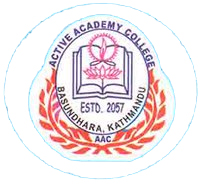
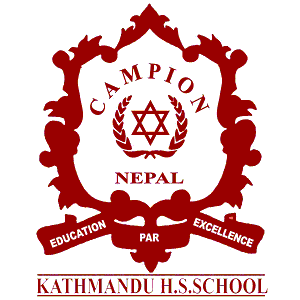
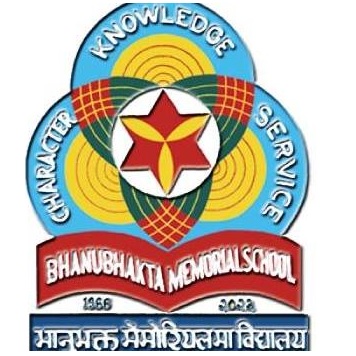
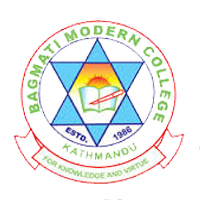
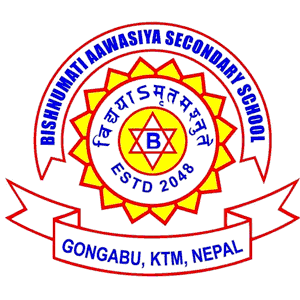
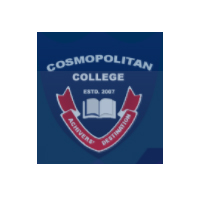
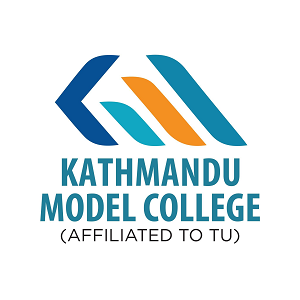
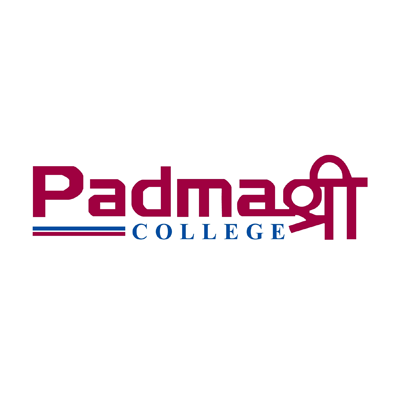
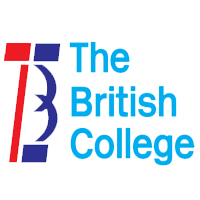
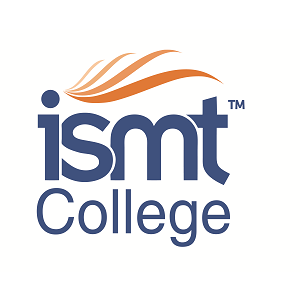
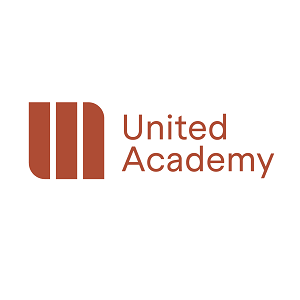

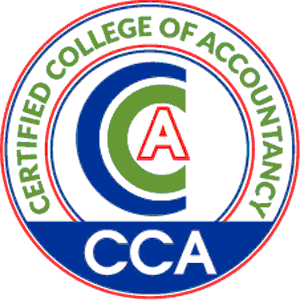
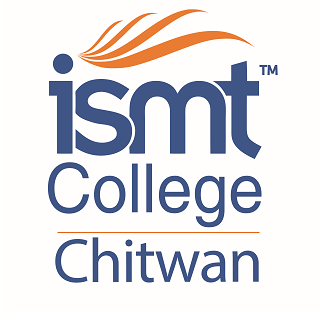
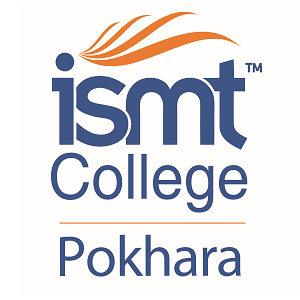

You need to login to comment.